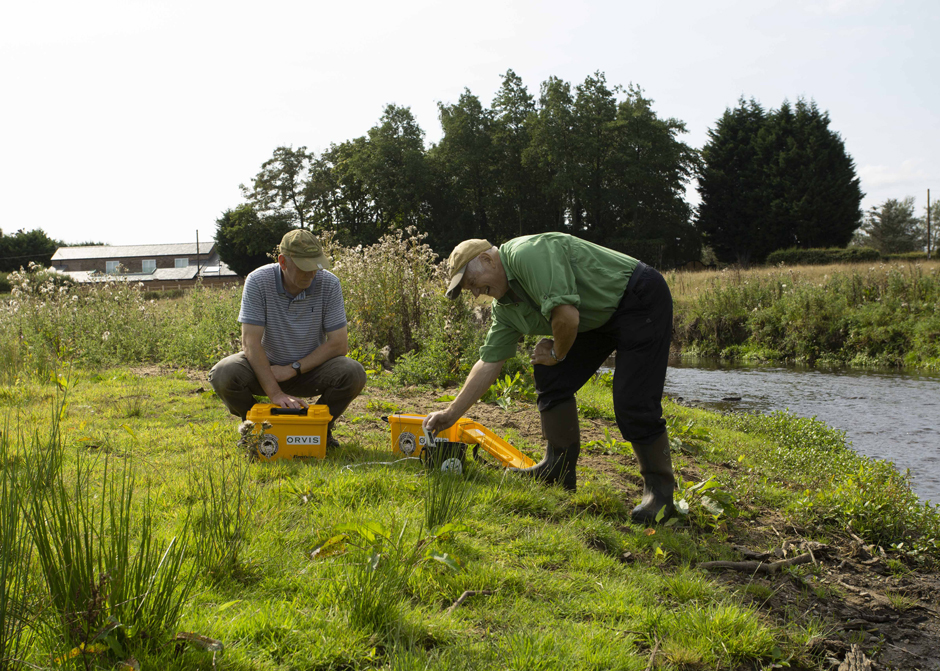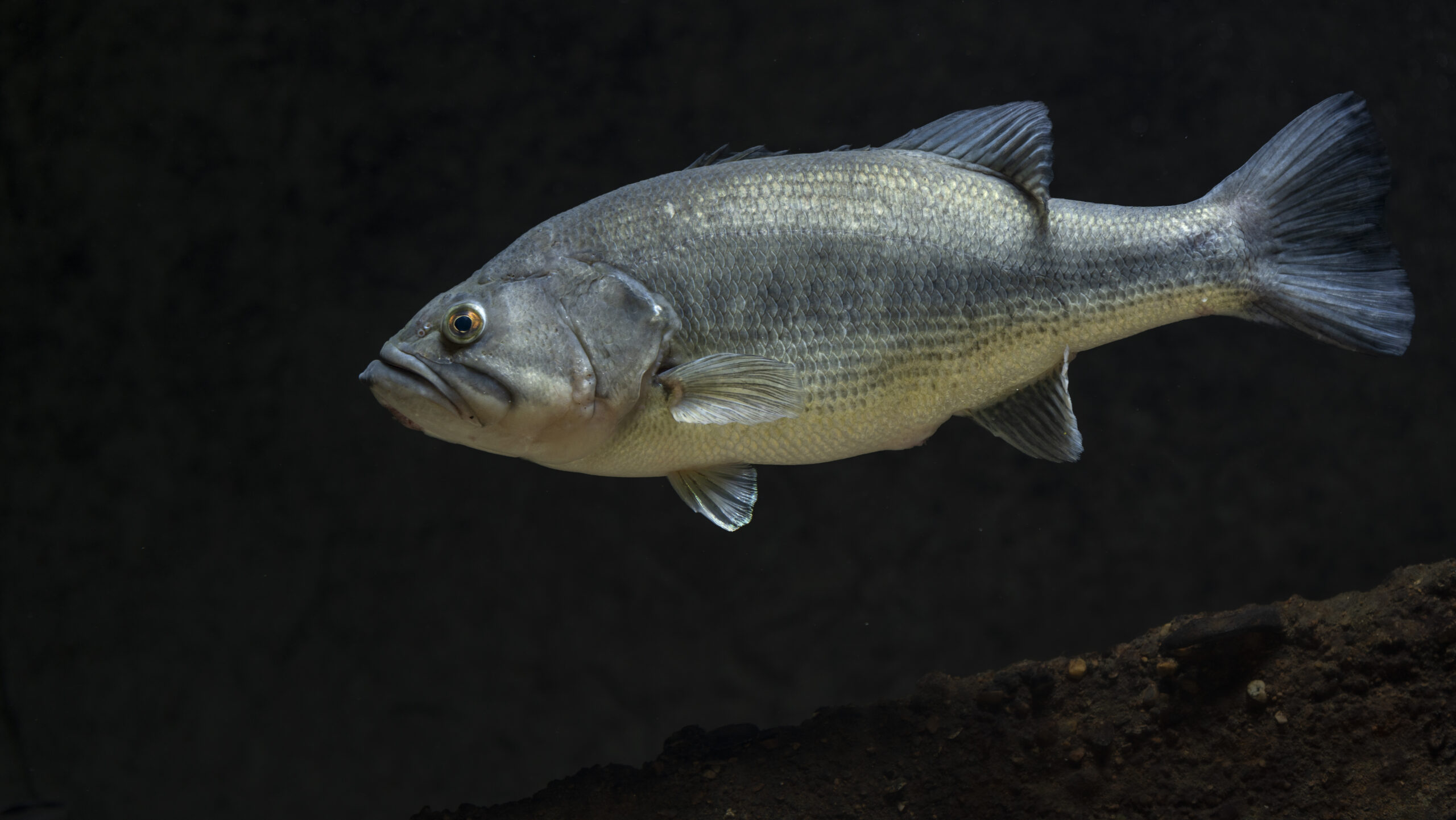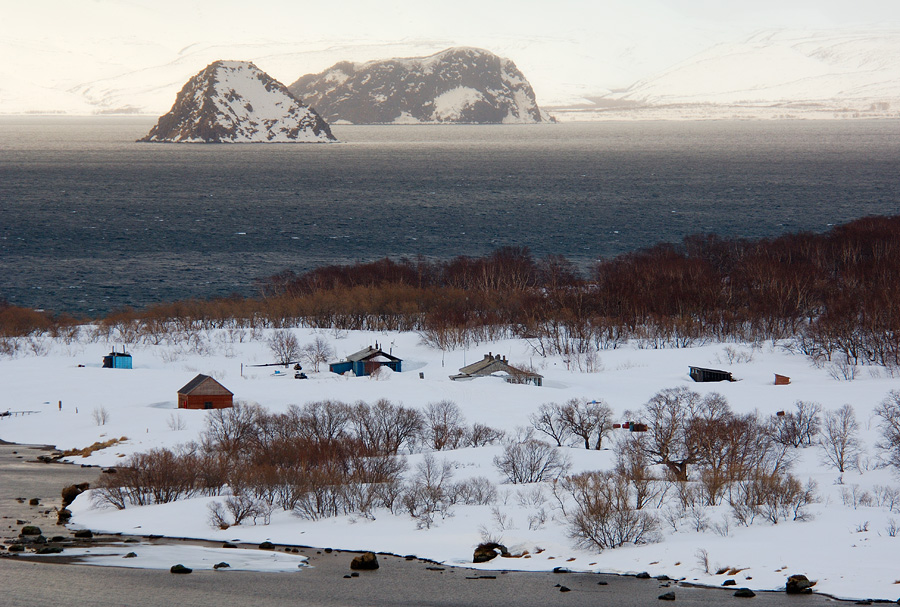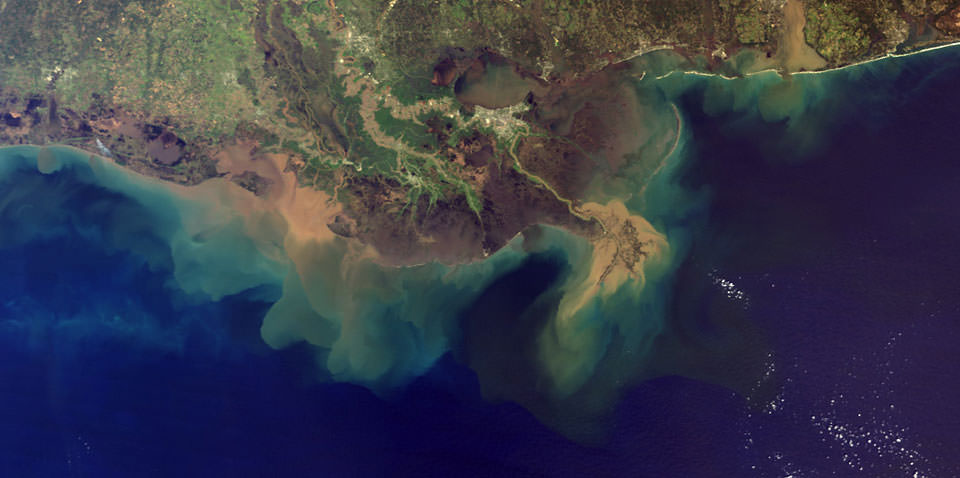Posts for tag "fishery resources"
Anglers Take the Lead: England’s Angling Trust Monitors Rivers and Streams
Rivers and streams are home to millions of aquatic organisms, from freshwater mussels to the most sought-after trophy fish. However, freshwater resources across the world have been impacted by increased rates of pollution in recent years as...
- Posted April 28, 2025
Local and Regional Drivers of Fish Growth Rates
How and why fish grow are heavily dependent on environmental conditions like climatic processes and water quality. Understanding how exactly these stressors impact fisheries as a whole is essential to informed, sustainable management. Environmental variations like wind...
- Posted April 21, 2025
Monitoring in the Great Barrier Reef
An international icon and critical marine ecosystem, the Great Barrier Reef is a cornerstone of the region’s economy, biodiversity, culture, and history. However, anthropogenic stressors and climate change have led to some deterioration of areas of the...
- Posted March 24, 2025
Minimizing the Impacts of Predatory Fish Stocking with Habitat Enhancement
While the term “fish stocking” may conjure up images of conservation measures deployed by fishery managers to stock endangered native fish, it can also refer to stocking predatory fish, including non-native species, for the sake of anglers. Even...
- Posted March 3, 2025
Transdisciplinary Fisheries Research: Improving and Diversifying Management Techniques
Fishery managers across the world are all too familiar with the challenge of balancing the various demands of a multi-use fishery resource. As a result, a 2022 study published in Reviews in Fish Biology and Fisheries proposes...
- Posted January 6, 2025
The Good, The Bad, and The Ugly: Understanding Fisheries and Eutrophication
While eutrophication is often portrayed as a negative in limnological circles, fisheries managers may have a different view of high productivity. Though high levels are linked to poor water quality, productive water bodies tend to increase fish...
- Posted December 23, 2024
Using eDNA to Evaluate and Inform and Evaluate Fish Stocking Efforts
eDNA sampling and analysis have been used to evaluate native fish populations for many years, and a 2023 article published in Scientific Reports highlights its utility in evaluating restocking and measuring stock improvements. A key component of...
- Posted December 9, 2024
Climate Change Impacts on Fishery Resources in the Southwest Atlantic Ocean
Climate change’s impacts on fishery resources have been observed across the world in fresh and salt waters. Fish distribution, population sizes, native biodiversity, and other variables have shifted under climate change and shaped the availability of resources....
- Posted November 18, 2024








